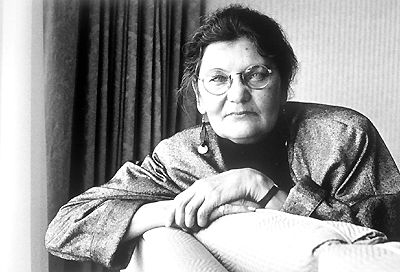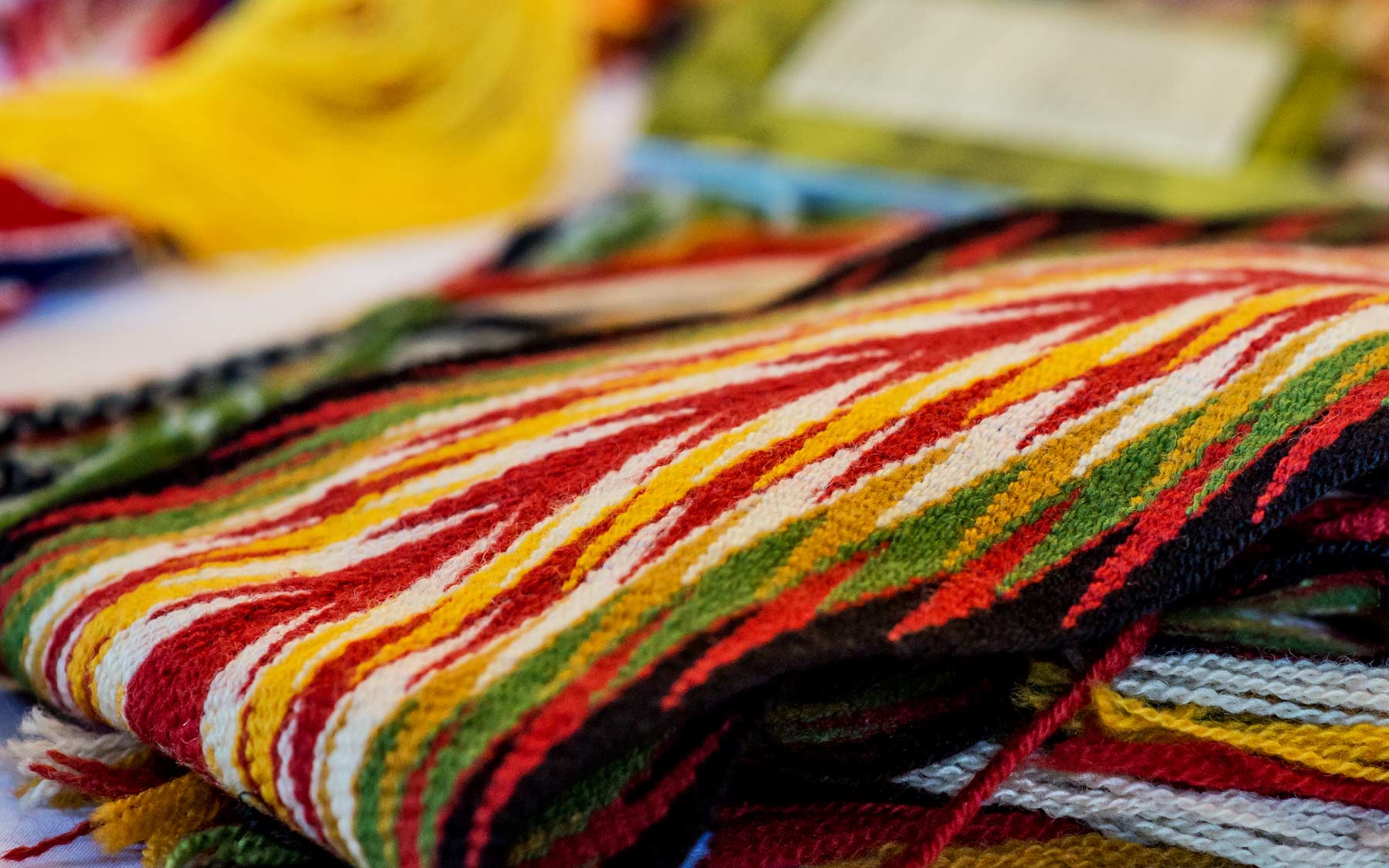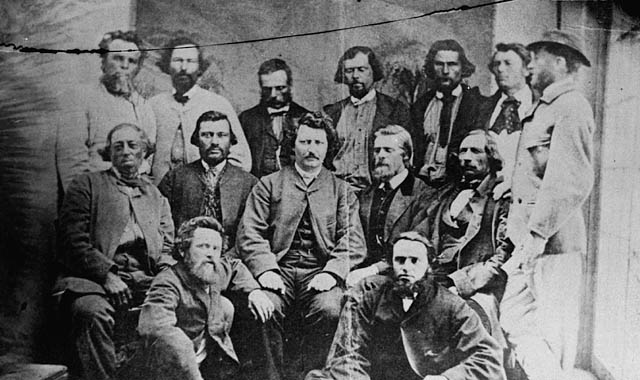Article
Wolastoqiyik (Maliseet)
Wolastoqiyik (also Welastekwewiyik or Welustuk; pronounced wool-las-two-wi-ig), meaning “people of the beautiful river” in their language, have long resided along the Saint John River in New Brunswick and Maine, and the St. Lawrence River in Quebec. Historically, the Europeans referred to the Wolastoqiyik by a Mi’kmaq word, Maliseet (or Malecite), roughly translating to English as “broken talkers.” The name indicates that, according to the Mi’kmaq, the Wolastoqiyik language is a “broken” version of their own. Today, there are Wolastoqiyik communities in Quebec and the Maritimes as well as in Maine. In the 2016 census, 7,635 people identified as having Wolastoqiyik ancestry.















